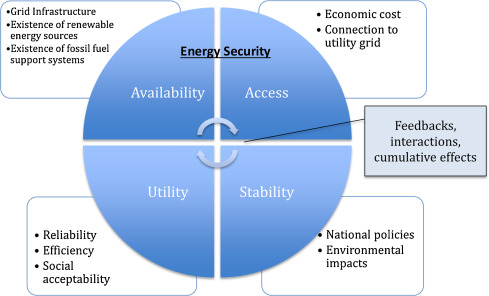7667766266
enquiry@shankarias.in
While universal coverage can catalyse the South Asia’s economic growth, energy trade must be linked to peace building.
The IEA defines energy security as the uninterrupted availability of energy sources at an affordable price.

A 0.46% increase in energy consumption leads to a 1% increase in GDP per capita.
References